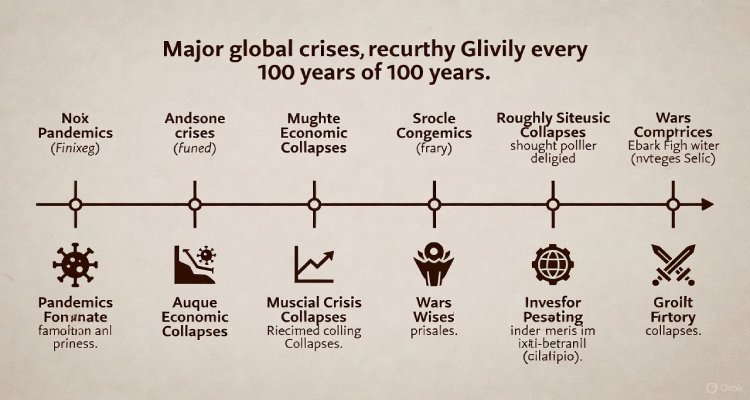Future Flavors: Culinary Innovation on Your Plate
From lab-grown delicacies to AI-powered recipes, culinary innovation is transforming how we eat. Here’s what the future of food looks like.
Introduction: A New Taste Revolution
The kitchen of tomorrow is no longer confined to tradition—it’s a laboratory of bold experiments and unexpected fusions. From 3D-printed desserts to plant-based meats that taste indistinguishably like steak, culinary innovation is reshaping the way we experience food. On our plates today lies not just a meal but a glimpse of the future.
Context & Background: From Fire to Food Tech
Food has always been a story of evolution. Centuries ago, the discovery of fire redefined cooking. The agricultural revolution brought abundance, while globalization blended flavors across borders. The 20th century saw fast food chains, microwave meals, and molecular gastronomy.
Now, in the 21st century, technology, sustainability, and consumer demand for healthier, planet-friendly choices are fueling the next chapter: future flavors.
Main Developments: What’s Changing Our Plates
1. Lab-Grown and Cultured Foods
Companies are developing lab-grown meat, seafood, and even dairy, reducing the need for factory farming. These cultured foods promise lower carbon footprints while still delivering authentic taste and texture.
2. Plant-Based Reinventions
Beyond burgers, plant-based innovations now include “chicken” made from pea protein, “eggs” from mung beans, and “milk” from oats and almonds. Chefs worldwide are adopting these alternatives in fine dining as well as casual eateries.
3. 3D-Printed Meals
Once a sci-fi concept, 3D food printers can now create customized nutrition bars, intricate chocolate sculptures, and even savory dishes tailored to individual dietary needs.
4. AI-Powered Recipe Development
Artificial intelligence is emerging as a sous-chef, analyzing flavor profiles and cultural trends to design new recipes. Apps can suggest personalized meal plans based on health data, allergies, or even mood.
5. Sustainable Practices
From edible packaging made of seaweed to vertical farming and insect-based protein, sustainability is no longer a niche—it’s a necessity. Consumers increasingly want food that is both delicious and responsible.
Expert Insight & Public Reaction
“Culinary innovation isn’t just about novelty—it’s about solving global challenges,” says Dr. Priya Mehta, a food technology researcher. “We’re facing climate change, food insecurity, and health crises. The future of food must balance flavor with function.”
Public reaction, however, remains mixed. While younger generations are more open to trying plant-based or lab-grown alternatives, traditionalists remain cautious. Social media, particularly TikTok and Instagram, has become a powerful driver of food trends—turning innovations like cloud bread, dalgona coffee, and edible cutlery into viral sensations.
Impact & Implications: What’s Next on the Menu?
The impact of these shifts is far-reaching:
- Health: Personalized nutrition could reduce obesity, diabetes, and heart disease.
- Environment: Cultured foods may significantly cut greenhouse emissions and water usage.
- Economy: Startups and food tech companies are attracting billions in investment, redefining agriculture and hospitality industries.
- Culture: New flavors challenge long-standing traditions, creating a global culinary remix.
Yet, challenges remain—regulatory approval, consumer acceptance, and affordability will decide how quickly these innovations land on everyday plates.
Conclusion: Tasting Tomorrow Today
The future of food is not a distant reality—it’s already here, simmering in labs, kitchens, and startups worldwide. Whether it’s a steak grown without slaughter, a chocolate bar printed in minutes, or an AI-designed dish tailored to your DNA, the possibilities are endless.
Culinary innovation is more than a trend; it’s a movement reshaping how we nourish ourselves and our planet. Tomorrow’s flavors are arriving faster than ever—and soon, they might be served right at your dinner table.
Disclaimer: This article is for informational purposes only and does not promote or endorse any specific food brands, products, or dietary practices.











